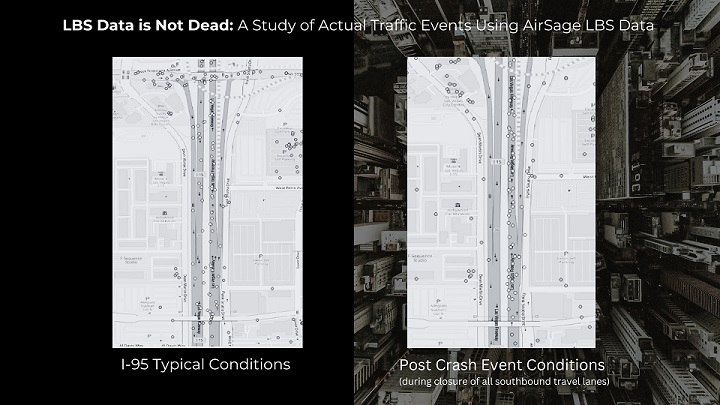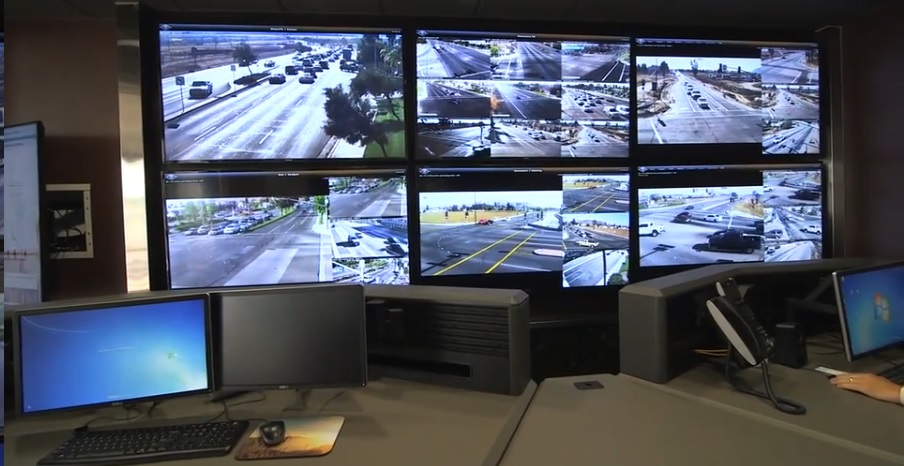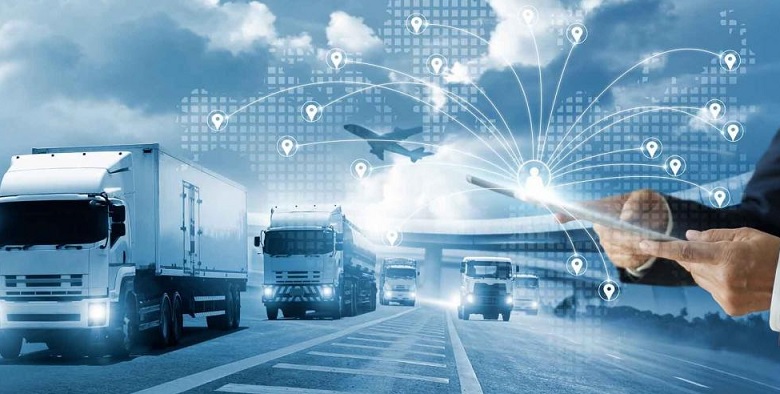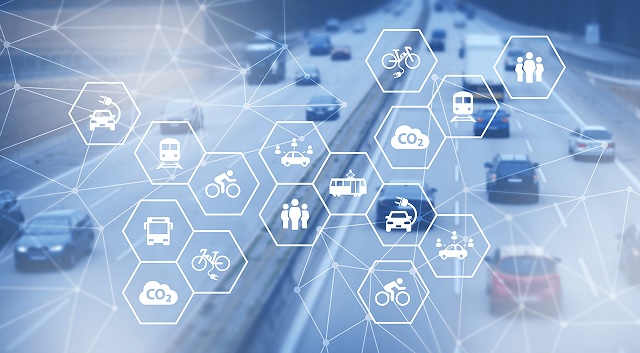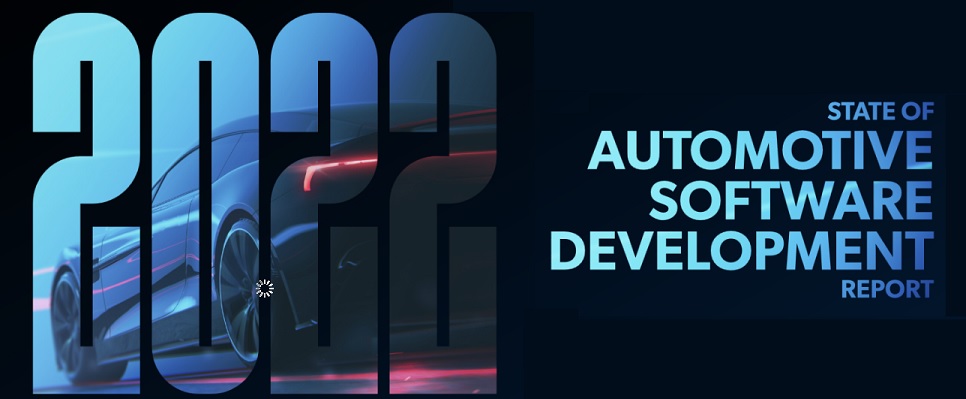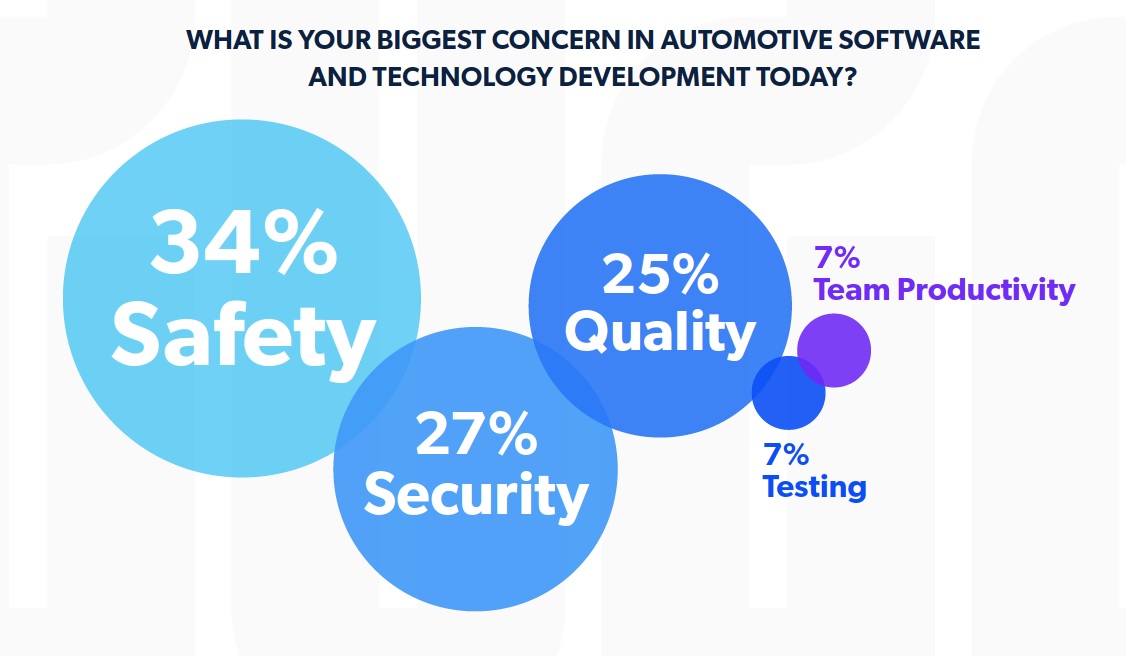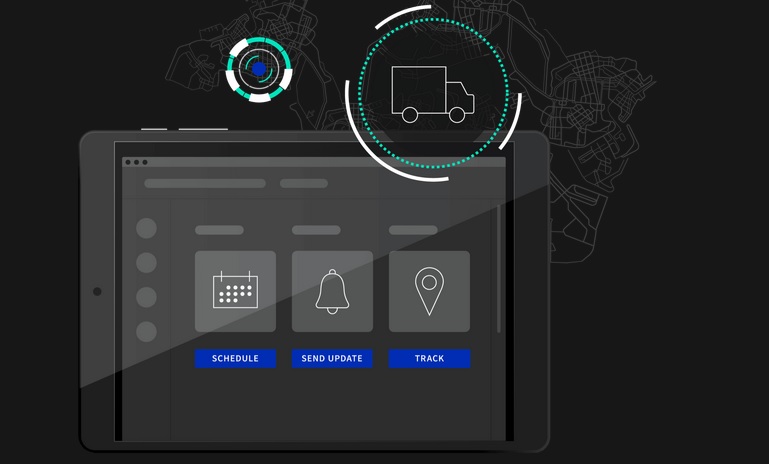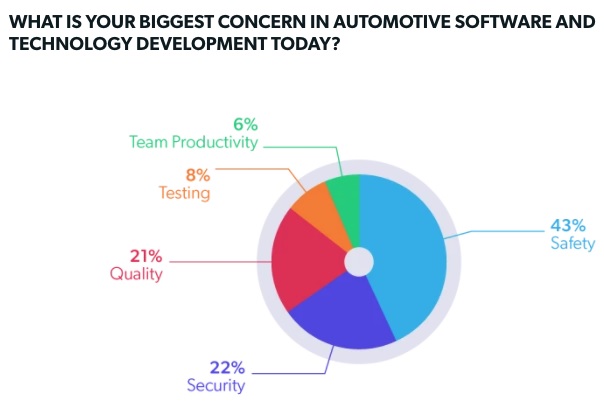ITS Vendor Forum
Transportation professionals widely recognize the value of location-based services (LBS) data for various purposes, such as supplementing or replacing expensive and onerous household travel surveys. However, concerns have emerged in recent years regarding the data's ability to support certain use case applications ...
Cities across the US are seeing shrinking budgets across departments ... That can make it a challenge for cities and departments to do what they want and need to do. But video intelligence, and the smart spaces it creates, can help cities do more with less ...
To maintain a competitive edge, commercial fleet operators prioritize efficiency, cost reduction, driver comfort, and sustainability — effectively steering the course of industry innovation ... By injecting capital into data analytics, AI, autonomous vehicles, and electric mobility, fleet operators are becoming catalysts for technological advancements that will shape the future of mobility ...
The volume of seaborne trade continues to increase, and more shipments means more trucks to carry the freight inland, ultimately leading to vehicle congestion in and around maritime ports. Long queues for these trucks causes several concerns for both port authorities and port operators, including hardships imposed on truck drivers, disruption of traffic, environmental issues, and even degradation of a port's brand ...
For decades, transportation advocates and leaders in Washington have tried unsuccessfully to deliver a funding bill of the magnitude required to repair the country's crumbling roads and bridges, address the growing issues of road safety, congestion, inequity and emissions, and invest in the infrastructure to support 21st century innovations, such as electric and autonomous vehicles and a growing number of micromobility options ... All of this changed last year when Congress voted to pass the Bipartisan Infrastructure Law ...
So, what’s top of mind for automotive software developers this year? Here are more takeaways from the 2022 State of Automotive Software Development Survey Report and considerations for the road ahead ...
Modern vehicles and the automotive industry at large have undergone significant changes from the early days of looking under the hood to understand how a car worked. Today, vehicles are much more complex — most of which run upwards of 100 million lines of code and leverage software for everything from braking systems to communication systems all to ensure vehicles are safe, compliant and reliable for the road. As vehicles continue to modernize, understanding the emerging trends, challenges and best practices will become increasingly vital to remain competitive and trusted ...
We know right now that the auto industry isn't waiting around for fully autonomous driver solutions before making significant impacts on our time behind the wheel. There's way too much advancement being made to ease the daily juggle of our business world and personal responsibilities to sit idly by, watch and wait. Drivers will soon reap the rewards of calendar API advancements to improve their experience in transit ...
Software-fueled innovation is radically transforming the way by which industries operate and grow — especially the automotive industry. To better understand this growing market's emerging challenges and concerns, Perforce Software surveyed 600+ automotive software development professionals to find out what's keeping them up at night. Here are the most interesting takeaways from the 2021 State of Automotive Software Development Survey Report, and considerations to navigate new challenges, improve quality and innovate faster ...
We're months into the pandemic. Whether you like it or not, remote work is our new norm, and some industries are actually thriving. Remote work has been a part of the developer community for years, but when COVID struck, the world went home for the long haul. Six months later? We're doing better than expected. A lot better. In fact, my team is well-positioned to continue remote work for as long as this pandemic demands. And for me? I've become a stronger leader because of it ...


